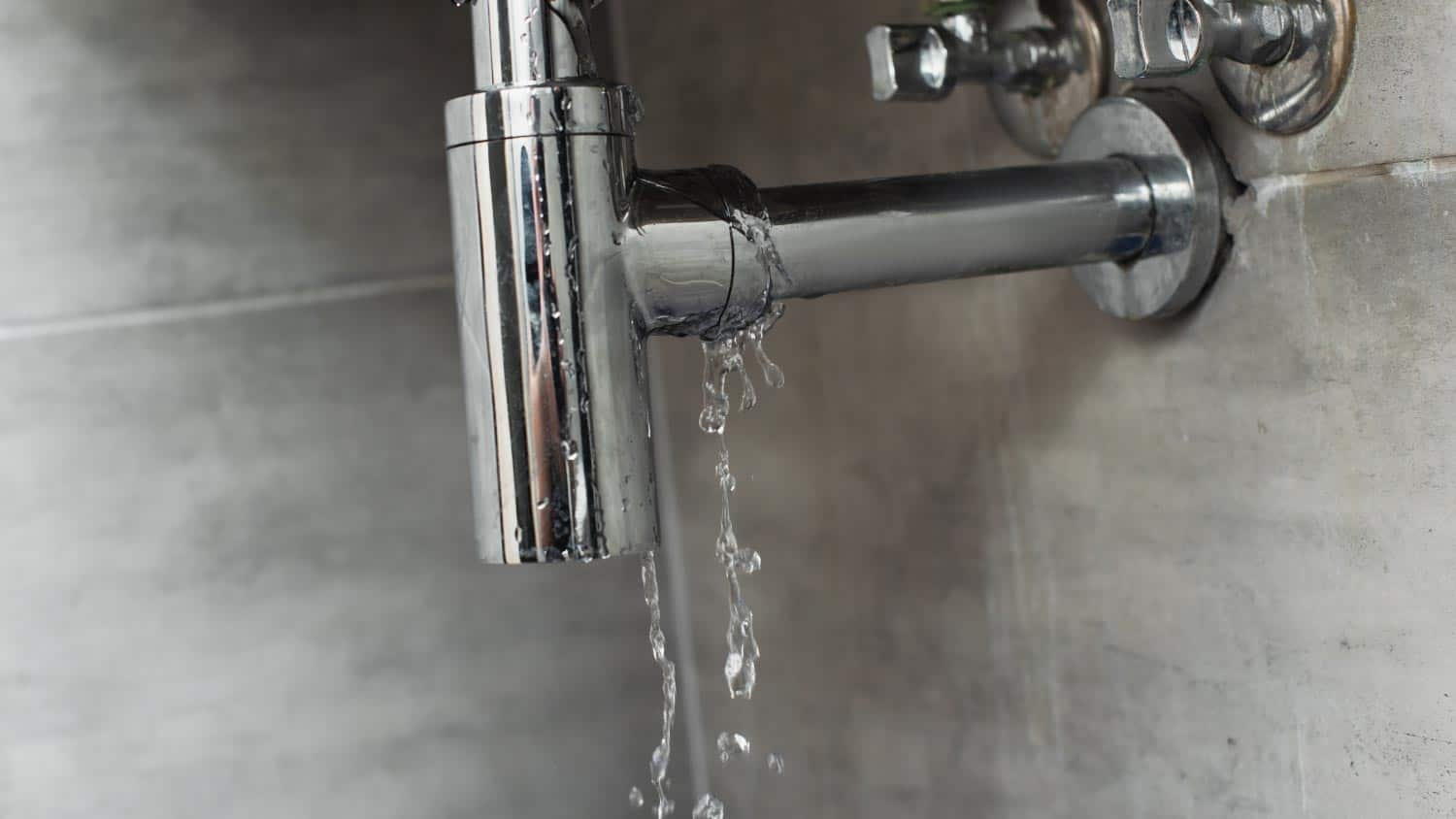Overview To Water Leakage Detection At Home
Overview To Water Leakage Detection At Home
Blog Article
What are your beliefs on Top leak detection hacks?

Early discovery of dripping water lines can mitigate a potential catastrophe. Some little water leaks may not be visible.
1. Examine the Water Meter
Every home has a water meter. Inspecting it is a proven manner in which helps you uncover leaks. For starters, shut off all the water sources. Ensure nobody will certainly flush, use the faucet, shower, run the washing maker or dish washer. From there, go to the meter and also watch if it will certainly transform. Considering that nobody is using it, there need to be no activities. If it moves, that shows a fast-moving leak. If you detect no modifications, wait a hr or 2 and also inspect back once again. This implies you may have a slow-moving leakage that might even be below ground.
2. Inspect Water Consumption
If you spot abrupt changes, regardless of your consumption being the exact same, it means that you have leakages in your plumbing system. An unexpected spike in your bill indicates a fast-moving leakage.
Meanwhile, a consistent increase on a monthly basis, despite having the very same behaviors, shows you have a slow leak that's additionally slowly intensifying. Call a plumber to thoroughly examine your residential or commercial property, particularly if you really feel a warm location on your flooring with piping underneath.
3. Do a Food Coloring Test
When it comes to water intake, 30% comes from toilets. If the color in some way infiltrates your bowl during that time without flushing, there's a leak in between the tank as well as bowl.
4. Asses Outside Lines
Do not forget to check your outside water lines as well. Ought to water seep out of the connection, you have a loosened rubber gasket. One tiny leakage can lose heaps of water and spike your water bill.
5. Check and Examine the Situation
House owners must make it a habit to examine under the sink counters as well as also inside cupboards for any type of bad odor or mold and mildew development. These two red flags suggest a leakage so timely focus is required. Doing regular inspections, also bi-annually, can conserve you from a significant problem.
If you understand your residence is already old, maintain a careful eye on your heaters, tubes, pipes and so on. Look for stainings and weakening as most appliances and pipelines have a life span. They will additionally normally wear away as a result of tear and put on. Don't wait for it to rise if you suspect leaking water lines in your plumbing system. Call a specialist plumber today so you don't wind up with an awful mess in your house.
Early detection of leaking water lines can minimize a possible disaster. Some small water leakages might not be noticeable. Examining it is a proven means that aids you discover leakages. One little leak can squander heaps of water and spike your water expense.
If you think dripping water lines in your plumbing system, do not wait for it to intensify.
WARNING SIGNS OF WATER LEAKAGE BEHIND THE WALL
PERSISTENT MUSTY ODORS
As water slowly drips from a leaky pipe inside the wall, flooring and sheetrock stay damp and develop an odor similar to wet cardboard. It generates a musty smell that can help you find hidden leaks.
MOLD IN UNUSUAL AREAS
Mold usually grows in wet areas like kitchens, baths and laundry rooms. If you spot the stuff on walls or baseboards in other rooms of the house, it’s a good indicator of undetected water leaks.
STAINS THAT GROW
When mold thrives around a leaky pipe, it sometimes takes hold on the inside surface of the affected wall. A growing stain on otherwise clean sheetrock is often your sign of a hidden plumbing problem.
PEELING OR BUBBLING WALLPAPER / PAINT
This clue is easy to miss in rooms that don’t get much use. When you see wallpaper separating along seams or paint bubbling or flaking off the wall, blame sheetrock that stays wet because of an undetected leak.
BUCKLED CEILINGS AND STAINED FLOORS
If ceilings or floors in bathrooms, kitchens or laundry areas develop structural problems, don’t rule out constant damp inside the walls. Wet sheetrock can affect adjacent framing, flooring and ceilings.
https://www.servicemasterbyzaba.com/blog/how-to-detect-water-leakage-in-walls/

I'm just very curious about Leaking water lines and I am praying you appreciated the blog entry. Those who enjoyed reading our post if you please make sure you remember to pass it around. Thanks for your time. Visit again soon.
Report this page